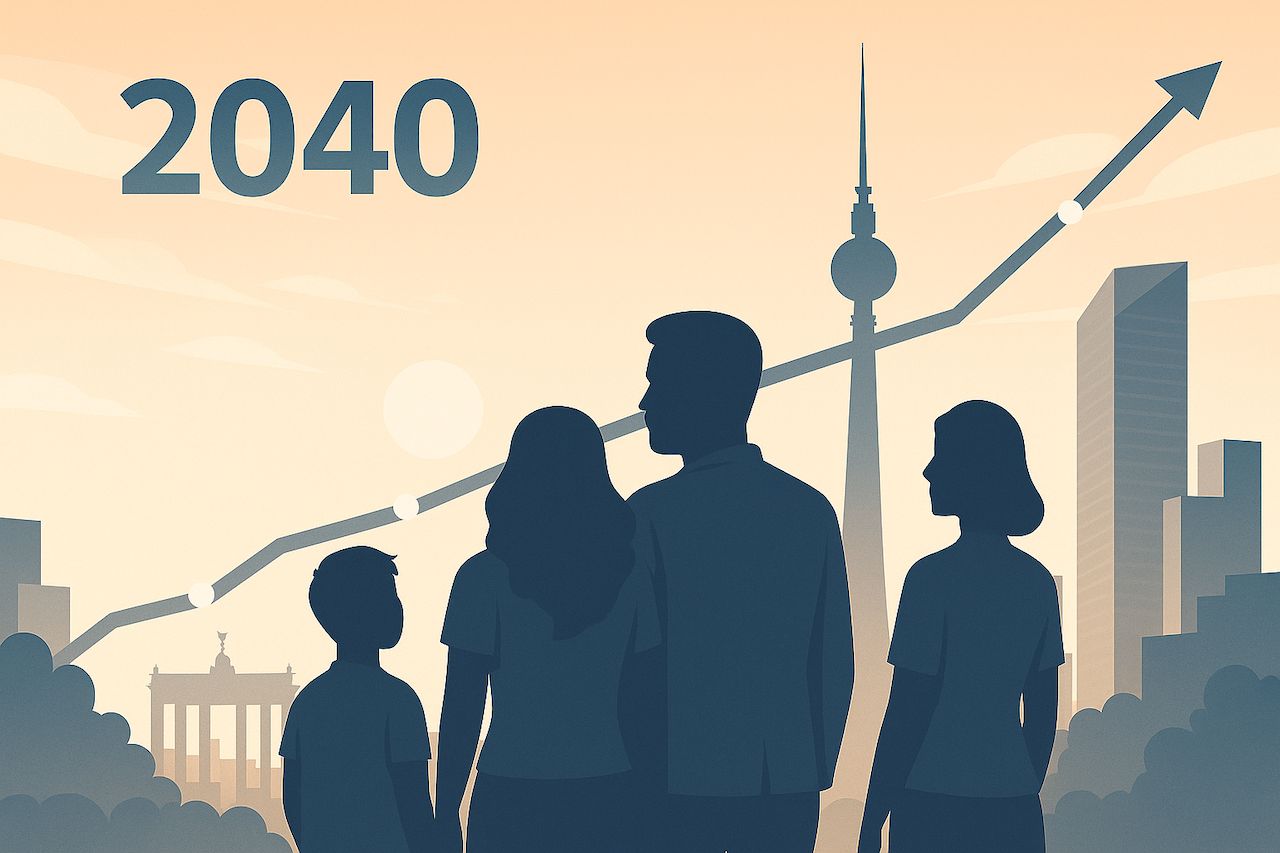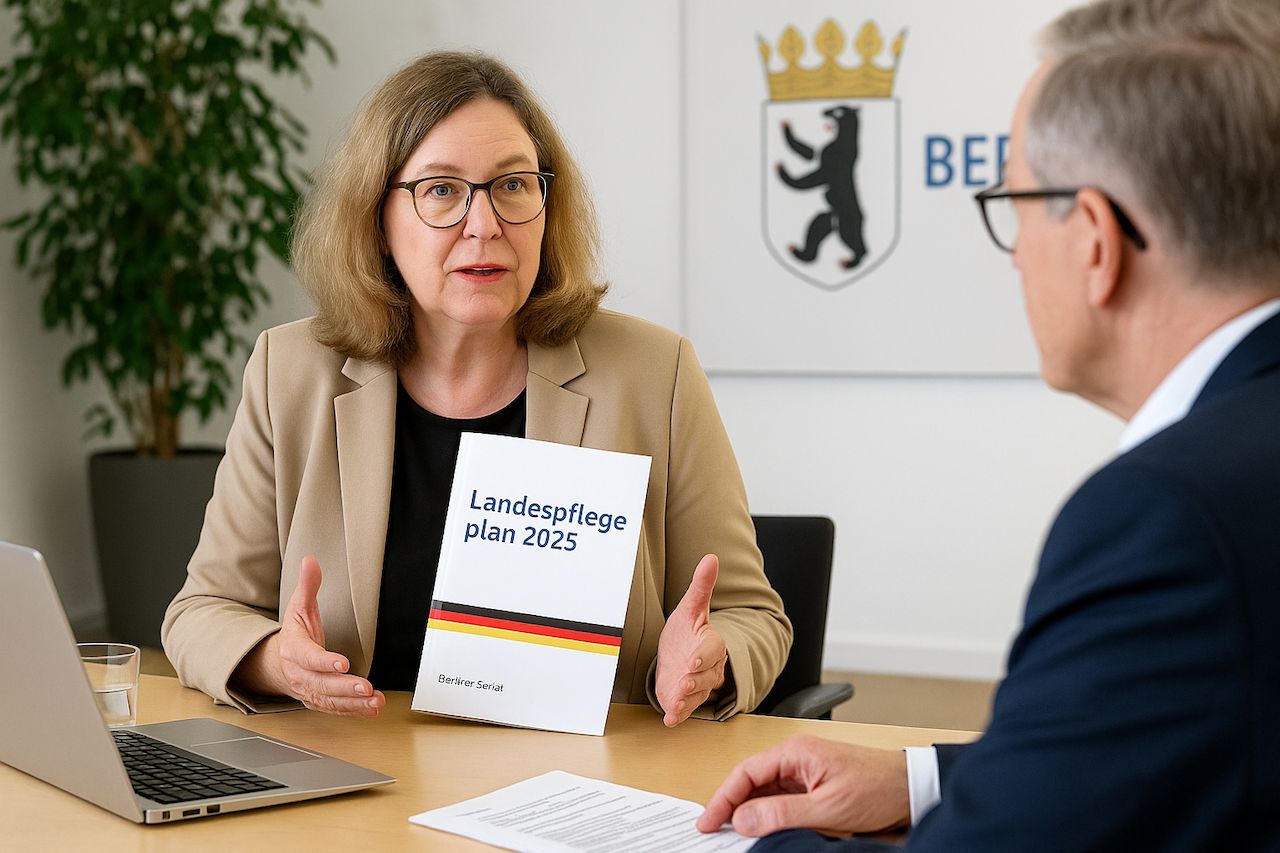
Current population forecast for Berlin until 2040
It is widely recognized that understanding and thoroughly analyzing demographic development trajectories are key to shaping effective urban policy. In this context, population forecasts serve as an important advisory and informational resource for legislative and executive bodies, as well as their planning departments. Forecasts can be developed under various scenarios that cover a wide range of possible developments in urban social infrastructure.
Population forecasting is a crucial component in formulating and implementing Berlin’s urban development plans. Population forecast reports reflect current demographic trends at the city level, as well as within individual districts, emphasizing quantitative changes over a defined period.
The Berlin Senate Department for Urban Development, Building and Housing is authorized to systematically compile population forecasts that serve as guidance for metropolitan planning bodies. Updates are carried out regularly, considering changing conditions affecting population dynamics. Key factors include new migration trends to Berlin, the demographic composition of newcomers, and changes in birth rates.
The calculations are based on data from Berlin’s “Population Register”, which contains detailed information on residents needed for demographic analysis and evaluation. Official statistics are only available for the city as a whole and its administrative districts.
According to the population forecast acknowledged by the Berlin Senate, by 2040 the city’s population will increase by approximately 109,000 people, reaching 4.006 million. However, this growth will be unevenly distributed: eight districts are expected to grow, while four will experience a decline.
The largest growth is projected in Treptow-Köpenick (+9.6%) and Lichtenberg (+8%). In absolute terms, Treptow-Köpenick and Pankow (+28,000 residents each) will lead, followed by Lichtenberg (+25,000). The sharpest declines are expected in Steglitz-Zehlendorf (−2.9%, about 9,000 people) and Charlottenburg-Wilmersdorf (−2.5%, about 8,400 people).
The 2024–2040 projection is based on official data from the Berlin Population Register as of December 31, 2024, which recorded a total of 3.897 million residents.
The average age of Berliners will rise from 42.3 years (as of December 31, 2024) to 42.9 years in 2040, mainly due to ongoing immigration of younger people. With declining birth rates and increasing mortality, natural population growth (births exceeding deaths) is no longer expected. Throughout the period 2024–2040, deaths will continue to outnumber births.
Tags: Berlin population forecast , demographic trends Berlin , population growth by 2040 , Germany demographics , Berlin 2040 projection , population statistics Berlin , migration to Berlin , birth and death rates Berlin , urban development Berlin , population planning Berlin , official statistics Germany , Berlin Senate forecast , city development planning , Berlin districts , Pankow Berlin , Lichtenberg Berlin , Treptow-Köpenick Berlin , Charlottenburg-Wilmersdorf Berlin , Steglitz-Zehlendorf Berlin , average age Berlin , migration flows Germany , social infrastructure Berlin , forecast 2024–2040 , Berlin population growth , urbanization Germany , demographic data Berlin , metropolitan planning Berlin , city demographics Germany , urban policy Berlin , district development Berlin , Berlin residents data , population analysis Germany , Berlin forecast 2040
Categories: Latest



























